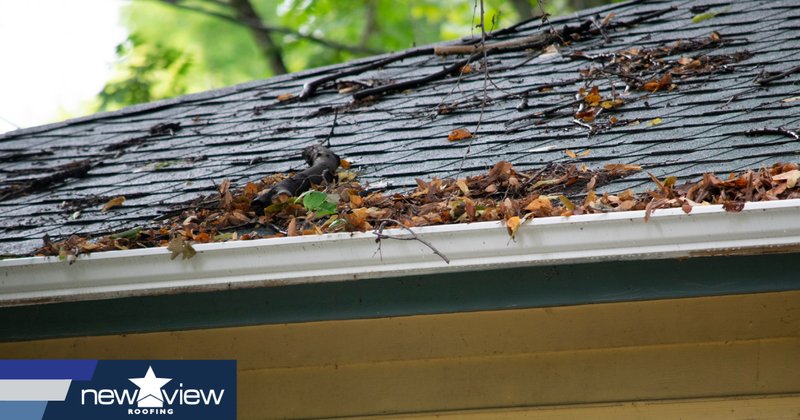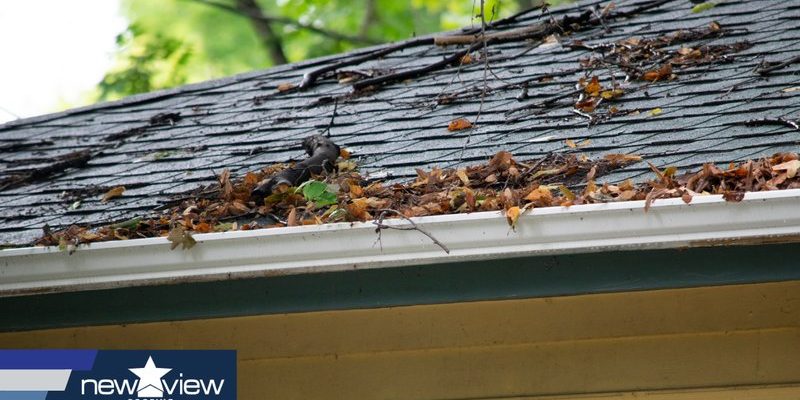
Here’s the thing: manufacturers like Genie, Chamberlain, LiftMaster, or even TV brands such as Samsung and LG build their remotes and devices to stand up to regular use—not to a drippy bombardment from above. Tree sap and bird droppings aren’t just gross; their chemical makeup can corrode circuits, jam buttons, and make troubleshooting a real headache. If you’re staring at a sticky, semi-fossilized mess and wondering, “Can I save this hardware?”—you’re in the right place.
Let me explain what’s actually going on when tree sap or bird poop lands on your hardware. Tree sap is basically nature’s glue—a sugary, resinous mess that hardens over time. It loves to creep into tiny cracks, especially around buttons, battery covers, and seams. This can jam up any device with moving parts, like a TV remote or garage door opener. Bird droppings, on the other hand, are surprisingly acidic. Chemicals in the droppings (uric acid, especially) can break down plastic cases and corrode exposed metal contacts.
Here’s why this matters:
- Acid and moisture from droppings can short out electrical connections inside remotes and other devices.
- Sap gets under buttons, making it impossible to click or causing keys to stick.
- Both substances can leave behind a residue that regular cleaning wipes just can’t tackle.
If you don’t act fast, that damage can go from cosmetic to catastrophic—killing codes, breaking battery contacts, or even rendering a universal remote totally unusable. So, it’s not just a question of cleanliness. It’s about protecting your gadget’s insides, too.
Honestly, if you catch the mess early, you’re halfway there. But if it’s already dried on, don’t panic. The trick is using the right approach without making things worse.
Here’s a solid cleaning routine:
- Unplug and remove batteries. If your remote or device is battery-powered, take the batteries out first. You don’t want any accidental codes firing or circuits shorting while you work.
- Wipe off loose material. Use a soft cloth or paper towel to gently remove anything flaky or crusted on.
- Break down sticky areas. Dab a cotton swab or soft cloth with isopropyl alcohol (at least 70%). Rub gently on the sap or droppings—let it sit a minute if needed, but avoid soaking the device.
- Dig out crevices with care. For buttons and seams, a wooden toothpick or old toothbrush is handy. Don’t pry; just nudge the softened gunk out.
- Let it dry completely. Before you put batteries back in or try to sync or reset your device, make sure every bit of moisture is gone.
Never use bleach, harsh cleaners, or soak your device. This can turn a fixable problem into a ruined remote, especially for sensitive brands like Genie or Chamberlain. If you’re unsure, check the manufacturer’s guide for cleaning tips—some brands give specific do’s and don’ts.
What If Your Device Doesn’t Work After Cleaning?
Sometimes, even after a careful scrub, your hardware just won’t power up, respond, or pair with your main device. This is usually because the gunk got inside—maybe shorting a circuit or corroding a metal contact.
If the remote or hardware won’t work:
- Open the battery compartment. Check for moisture, sticky residue, or any hint of corrosion (white or greenish fuzz on metal parts).
- Clean the contacts. Use a fresh cotton swab dipped in isopropyl alcohol to thoroughly clean the contacts. If corroded, a pencil eraser can sometimes gently buff them back to life.
- Try new batteries. Sometimes, old batteries leak, and combined with sap or battery acid, that mess can interrupt power even after cleaning.
- Resync or reset. Brands like Genie, LiftMaster, and universal remotes often need a code re-entered after a battery swap or hard reset. Check the manual for specific troubleshooting steps.
Even if your remote looks spotless, hidden gunk or corrosion can mess with the electrical connections inside. Persistence—and a careful second clean—can sometimes save it.
If nothing works, it may be time to consider a replacement. Luckily, basic universal remotes aren’t too costly, though more specialized hardware (like smart garage openers) can add up.
How Sap and Bird Droppings Affect Different Types of Hardware
Not all hardware suffers in the same way. Some devices are better sealed than others, and the risk really depends on how exposed your buttons, seams, and charging ports are.
- TV and audio remotes: Keypads can stick. If sap gets inside, specific buttons may stop working, which means you won’t be able to code or pair the remote anymore.
- Garage door openers: Sap or droppings around the battery panel or sync button can prevent the remote from resetting or pairing with the receiver. Some Genie or Chamberlain models have hidden contacts that are especially vulnerable.
- Solar-powered devices: Bird droppings can block solar panels entirely, stopping the device from charging. Sap is usually less of an issue here, but it can leave a stubborn film that sunlight struggles to penetrate.
- Key fobs and smart home gadgets: Most car remotes are tightly sealed, but repeated exposure can still work its way into the seams. If a fob stops working after a messy event, cleaning inside the battery compartment is a must.
If your device feels sluggish, won’t connect, or can’t reset, there’s a good chance sap or droppings are to blame. Always inspect all sides—including under the battery cover and inside charging ports.
When to Try Fixing vs. Replacing Damaged Hardware
It’s tempting to jump right to “I’ll just buy a new one.” But not every sticky situation is a lost cause. Here’s how to decide if it’s worth the effort:
Try fixing if:
- The device is still responding, but certain buttons or functions act up.
- The mess is mostly on the outside, and you catch it early.
- You’re dealing with a high-quality or expensive device, like a name-brand smart remote or garage opener.
Consider replacing if:
- Corrosion is visible on the circuit board or deep inside the device.
- The device won’t power up, sync, or respond at all after cleaning and resetting.
- Parts (like battery contacts or buttons) have physically broken off or melted.
If a universal remote is dead but cheap to replace, save your time and get a new one. But for specialized hardware, like a custom-programmed car remote, it’s usually worth trying every trick in the book before tossing it.
How to Prevent Sap and Bird Droppings from Damaging Your Hardware
The best fix is not needing one in the first place. After dealing with stubborn sap or corrosive droppings, you’ll learn fast: prevention is way easier (and cheaper) than repair.
Here are my top tips:
- Store devices indoors. Don’t leave remotes, key fobs, or solar-powered gear on outdoor tables, dashboards, or under trees.
- Use protective pouches or cases. A simple plastic bag or hard case can keep the worst of the mess out, especially if you’re carrying hardware outside.
- Clean up messes fast. The longer sap or droppings sit, the harder they are to remove—and the more likely they’ll damage something inside. Inspect gear after storms or heavy pollen seasons.
- Cover up charging ports and battery compartments. Most damage happens when junk sneaks inside. Use tape or port plugs if you have to leave devices outside.
It may sound obvious, but just being a little vigilant goes a long way. If you’re forgetful (like me), a visual reminder—like a sticky note near your back door—can help you remember to bring gear inside.
Comparing Universal Remotes vs. Brand-Name Hardware: Which Handles Outdoor Messes Better?
Here’s an honest take. Universal remotes—those generic ones from big box stores—aren’t built with the same ruggedness as branded hardware like a Genie garage door remote or a Samsung TV remote. Most universal remotes are designed for convenience, not durability. Their plastic cases may be thinner, and seals less reliable. The moment sap or droppings creep in, you’re probably going to have more trouble troubleshooting, syncing, or resetting codes.
Brand-name remotes, on the other hand, often have tighter seams and better protection. For example, Chamberlain and LiftMaster garage door remotes usually feature reinforced button membranes and sealed battery areas. They’ll withstand a messy attack a little better, but nothing is truly “sap-proof” or “bird-proof.” Still, if you use your hardware outdoors a lot, it’s worth considering the investment in sturdier, brand-specific gear.
But let’s be real: No remote is immune. If you spot a mess, clean it off quickly, regardless of the brand. Some universal remotes might be cheaper to swap out, but that comes at the cost of longevity—not ideal for critical devices.
What If the Damage Goes Beyond the Remote?
Sometimes, it isn’t just the remote or hardware itself that suffers. Sap or bird droppings can make their way onto charging docks, wall switches, or even the main device (like a garage door opener’s sensor eye or a TV’s infrared receiver).
Here’s how to handle it:
- Unplug everything first. Working on live electronics is never a good idea, especially with moisture or residue involved.
- Clean exposed areas gently. The same alcohol and soft cloth approach works for most surfaces. For sensors, a microfiber cloth is safest—avoid scratching lenses or covers.
- Check for hidden residue. Sometimes, sap runs down behind panels or around buttons. If a device still isn’t working, a more thorough (but careful) disassembly may be needed.
- If nothing works, call a pro. For in-wall sensors, complex garage openers, or high-end electronics, professional cleaning or part replacement might be the best (and safest) option.
It might sound like overkill, but a little attention here can save you headaches—and money—down the line. Honestly, it’s better than frying a whole board because of something as simple as bird poop.
Final Thoughts: Don’t Let Nature Ruin Your Gear
There’s always something trying to gum up the works—whether it’s sticky tree sap or a surprise from a feathered neighbor. The key is to act quickly, use gentle (but effective) cleaning methods, and never underestimate the damage these natural messes can do to your hardware. Sometimes, all it takes is a careful wipe-down and a little patience; other times, you might have to reset, repair, or even replace your device.
No matter what brand or type of hardware you have, a little prevention and regular check-ups can keep things working smoothly. So, next time you’re tempted to leave your remote on the patio table, maybe think twice—your gear (and your sanity) will thank you.
